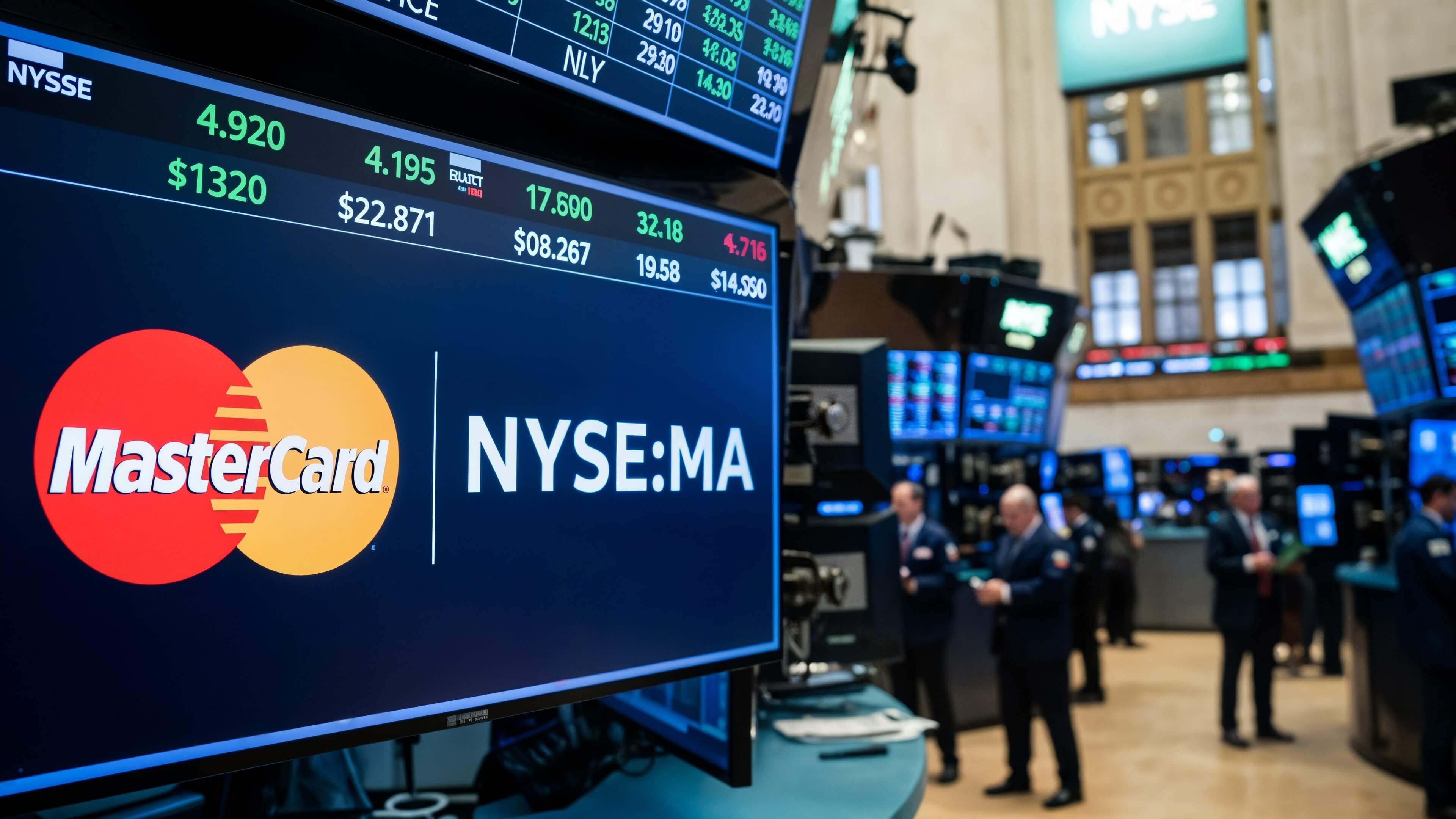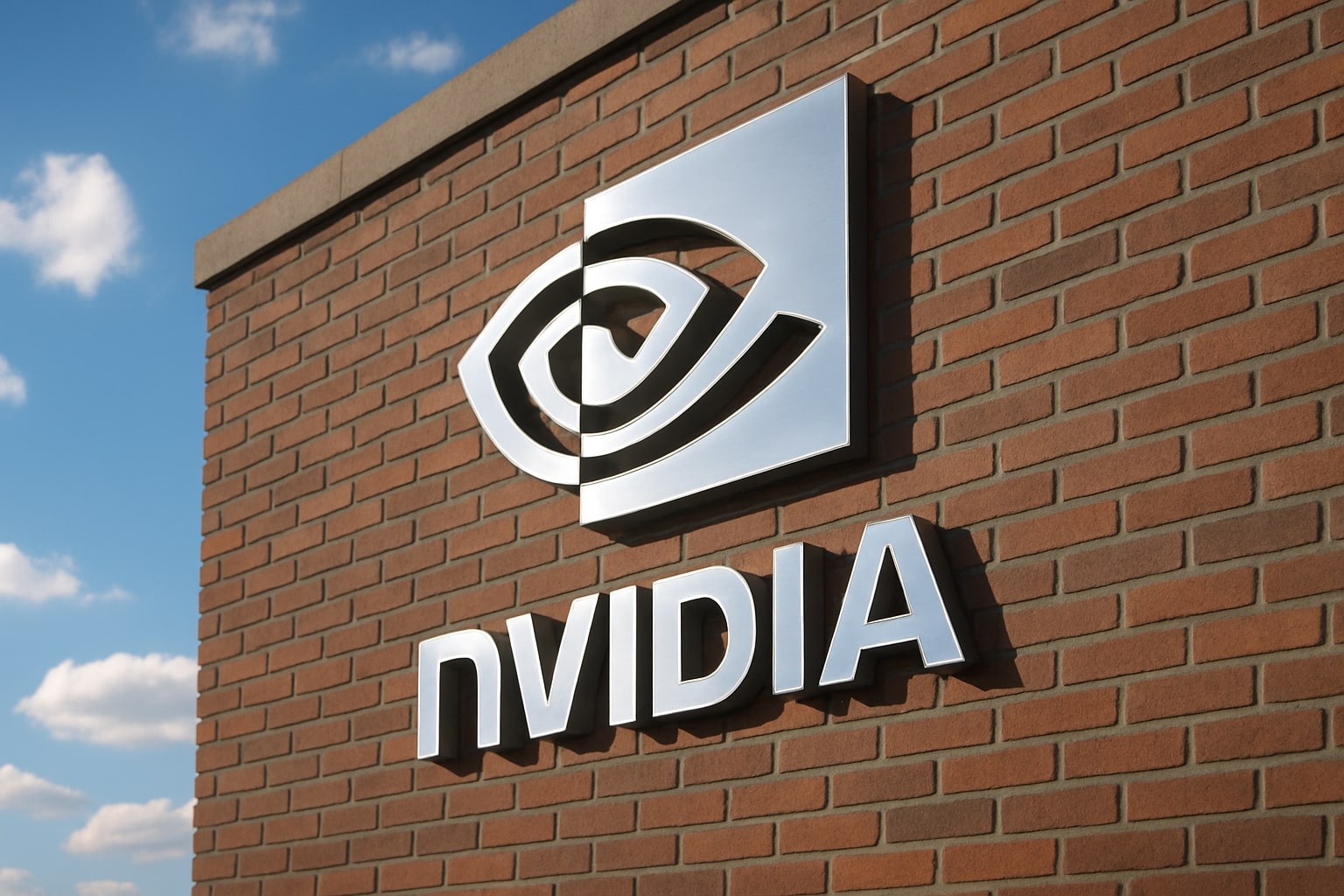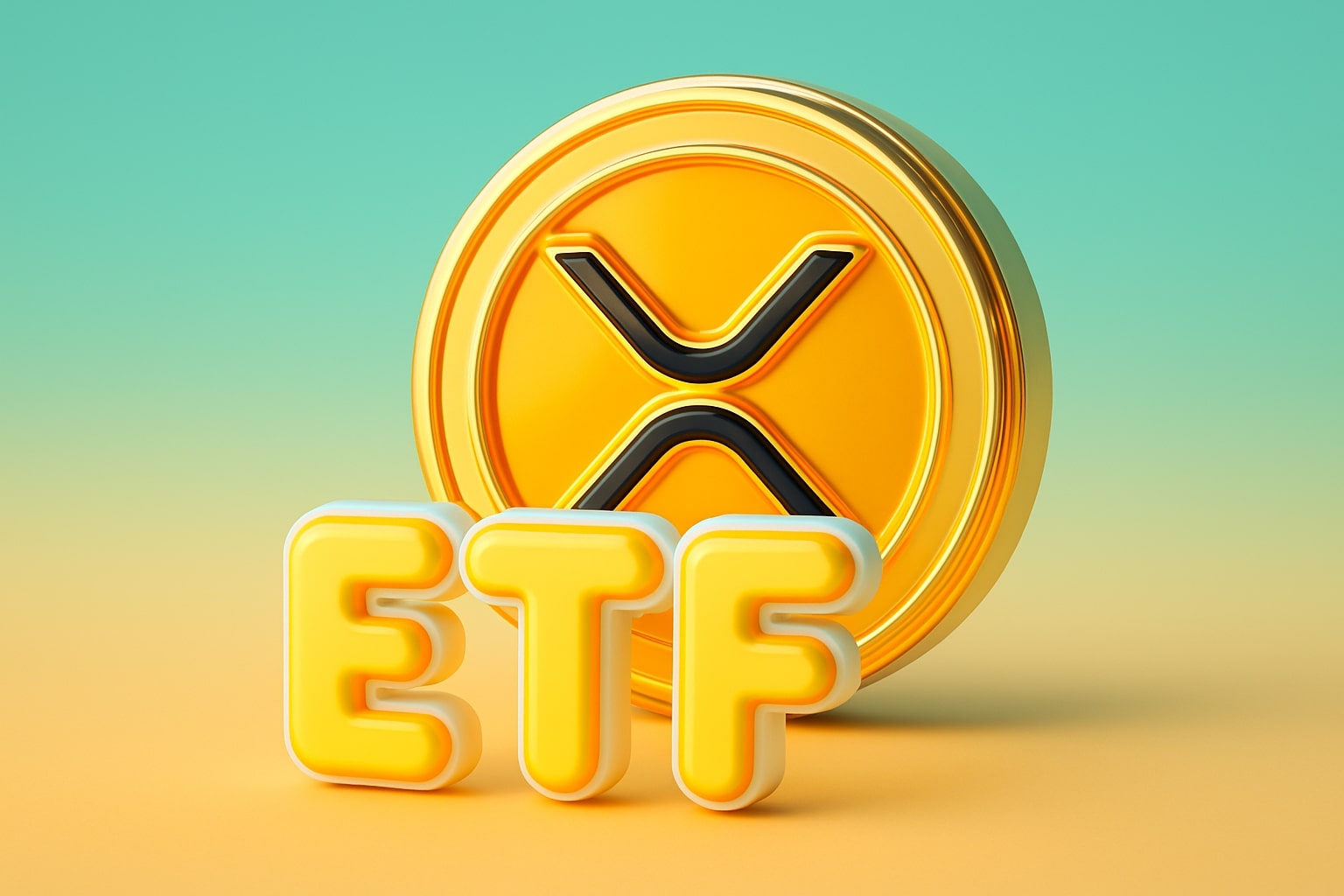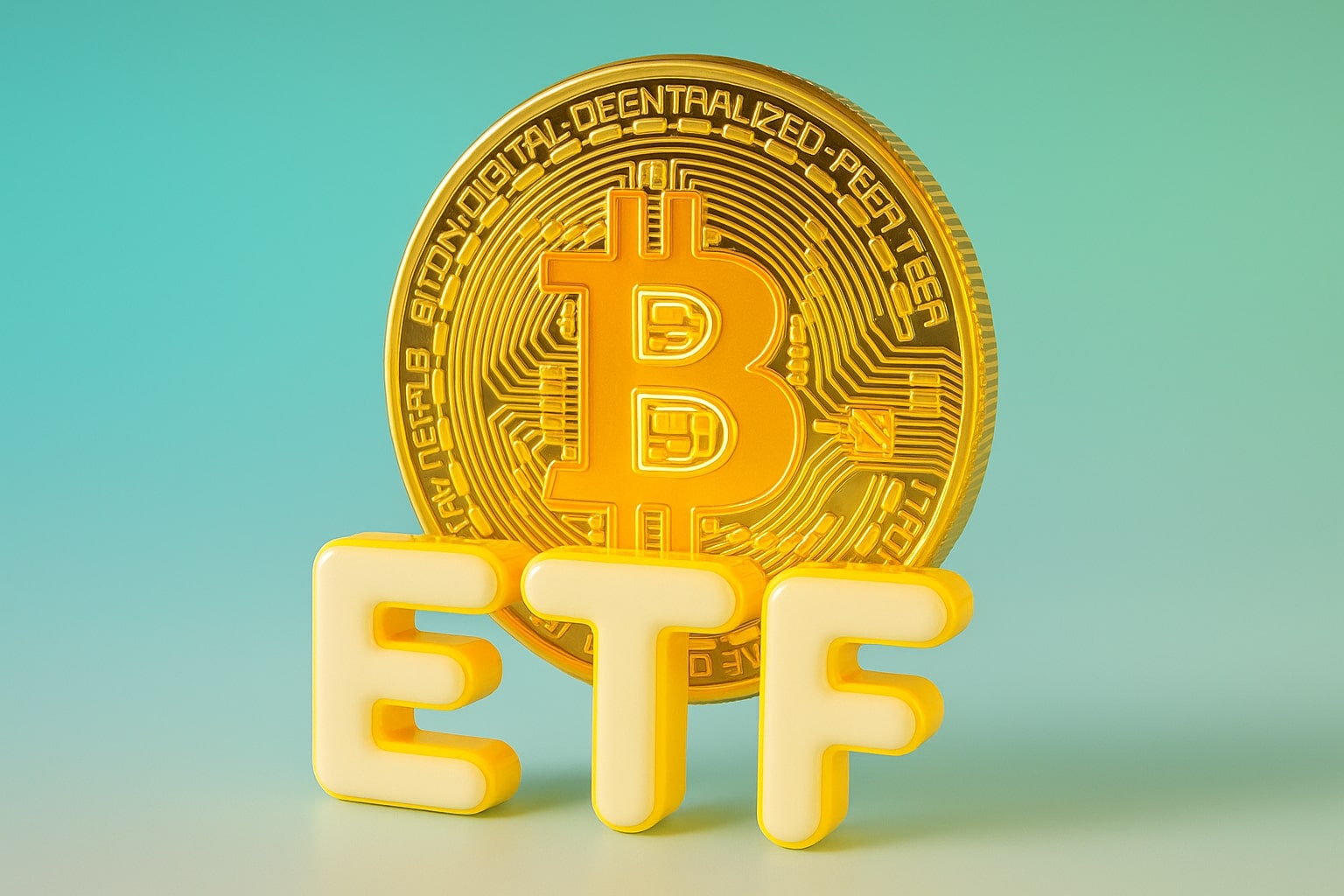
Mastercard (NYSE:MA) Surges on Crypto Rails and Margin Power: Buy at $492?
Stablecoin Risk or MultiToken Revolution? Mastercard’s High-Margin Moat Holds Firm | That's TradingNEWS
MasterCard (NYSE:MA) Expands Dominance Through Blockchain Integration and Value-Added Innovation
Legacy Strength Anchors MasterCard's Core Growth Trajectory
MasterCard (NYSE:MA) remains an elite force in the global payments arena, boasting a duopoly position alongside Visa with a >90% market share outside China. The firm’s unique operating leverage was evident in Q1 2025, with its payment network revenue hitting $4.43 billion, up 16% YoY, and value-added services surging to $2.82 billion, up 18% YoY. These segments respectively pulled $17.3 billion and $10.8 billion over full-year 2024, reflecting robust growth as digital payments broaden globally.
Margins remain unparalleled—MasterCard operates with gross margins rounding to 100%, a direct result of its network scale. That scale underpins its economic moat: replicating MA's infrastructure would require not just capital but a trust foundation built over decades. The company’s ROIC exceeds 56%, and it maintains a P/E ratio around 36x, reflecting investor conviction in durable long-term compounding.
Digital Disruption or Digital Evolution? Stablecoins Pose Opportunity, Not Threat
Some analysts suggest stablecoins could cannibalize MA’s margins by undercutting fees and accelerating settlement. Yet that argument overlooks MasterCard’s strategic pivot into blockchain via its Multi-Token Network (MTN). Rather than fighting the current, MA is tokenizing fiat payments, enabling seamless interaction with stablecoins and digital assets on a unified private chain. This permits real-time settlement while preserving MasterCard’s value-added layers like fraud protection and analytics.
The MTN approach ensures MA owns both the infrastructure and the monetizable rails, avoiding margin leakage to external blockchain protocols like Ethereum or Solana. With partners such as Paxos, Kraken, and OKX, MA's MTN is already positioned as a gateway between stablecoins and real-world commerce across 150 million merchant endpoints. Fees may compress, but transaction volumes are expected to surge—particularly in cross-border B2B flows, where crypto can offer compelling efficiencies.
Services-Led Diversification Enhances Margin Resilience
MA’s pivot into value-added services (VAS) has deepened its client entrenchment. These offerings, now nearing 40% of company revenue, include AI-driven fraud detection (up 40% YoY), spend analytics, and consulting for merchant acquisition. The VAS suite creates defensibility and high switching costs. CFO Sachin Mehra noted that acquisitions drove only 4 percentage points of Q1’s 18% services growth—the remainder was organic, led by security and authentication tools amid rising digital fraud.
With merchants and banks seeking deeper data insights and risk management, MA's VAS enhances both top-line growth and margin stickiness. For instance, banks leverage MA’s marketing analytics to optimize customer segmentation—strengthening the bond between issuer and network. As digital fraud climbs, clients are doubling down on MasterCard’s secure rails.
Valuation Context: Premium Justified by Growth Conviction
Trading at ~36x forward earnings, MA commands a premium to Visa’s 30x, but offers arguably stronger optionality. Its MTN strategy aims to absorb rather than repel the stablecoin threat. In contrast, Visa’s approach—developing crypto-linked cards and leaning on public chains—risks ceding infrastructure control and future margins. MA, in contrast, positions itself as a base-layer blockchain enabler.
On a sales basis, MA and Visa trade at near parity, but MasterCard’s margin profile remains structurally advantaged. Compared to other peers like PayPal (PYPL) or Fiserv (FI), MasterCard’s consistent ROIC and reinvestment efficiency reinforce its superiority. From a historical standpoint, MA trades slightly above its five-year linear average, yet well within deviation bands. That implies strength—not speculative froth.
Stablecoin Strategy: A Catalyst, Not a Cannibal
Stablecoin settlement is already enabled on MA’s rails, facilitated via FinTech partners like Newway. Unlike public chains, MasterCard’s private MTN ensures regulatory alignment, identity verification, and settlement certainty—essentials for institutional flows. While fees on stablecoin transactions may compress, volume scale and layered services could more than compensate. This is particularly true for international trade and cross-border payroll, two segments ripe for digital rails.
Crypto's friction points—like lack of chargebacks, fragmented merchant acceptance, and absence of loyalty programs—create enduring advantages for MA. Even stablecoin enthusiasts prefer spending via MasterCard’s on/off-ramp structure versus managing gas fees on-chain. The firm's MTN vision thus future-proofs its platform by blending legacy merchant relationships with digital asset capability.
Litigation Overhang: Priced-In and Manageable
MA faces longstanding litigation related to swipe fees, with a $5.5 billion settlement reached in May 2025. Although some disputes remain unresolved in Europe and the UK, the market appears to have priced in this regulatory overhang. Given the multi-decade nature of these lawsuits and their declining surprise risk, we view litigation as a known and digestible headwind, not a valuation overhang.
Insider Activity and Institutional Trust Remain Solid
According to MasterCard insider transaction data, no large-scale selling has occurred post-Q1 2025 earnings. Institutional confidence remains intact, supported by the stock’s outperformance relative to both the S&P 500 and Nasdaq over the past 12 months. MA has returned over 24% total return in that period, surpassing even high-growth peers. Shareholder loyalty aligns with MA’s transparent strategy and execution consistency.
MasterCard (NYSE: MA) Buy, Sell, or Hold?
MasterCard remains a Buy. The firm combines legacy dominance with forward-looking architecture via MTN, enabling it to transition smoothly into a digital-first payments environment without sacrificing its margins or brand equity. With earnings growth compounding in the mid-teens, scalable margins, and a clear crypto integration strategy, MA offers a compelling mix of durability and innovation. A retracement toward 30x earnings would mark an even stronger buy-in point, but at 36x, MA still warrants premium pricing based on execution, strategic vision, and earnings power.
That's TradingNEWS
Read More
-
QDVO ETF Trades at $29.30 With 9.82% Yield and Nasdaq Surge Positioning Target Toward $35
08.12.2025 · TradingNEWS ArchiveStocks
-
XRP ETF Rally: XRPI $12.13, XRPR $17.06 Signal +40% Upside to $3.00 XRP-USD
08.12.2025 · TradingNEWS ArchiveCrypto
-
Natural Gas (NG=F) Price at $5.03, Coldest Winter Ignite Rally Toward $7
08.12.2025 · TradingNEWS ArchiveCommodities
-
USD/JPY Price Forecast: Dollar Climbs to ¥155.80 as Japan’s Wage Boom and 90% BoJ Hike Odds
08.12.2025 · TradingNEWS ArchiveForex


















